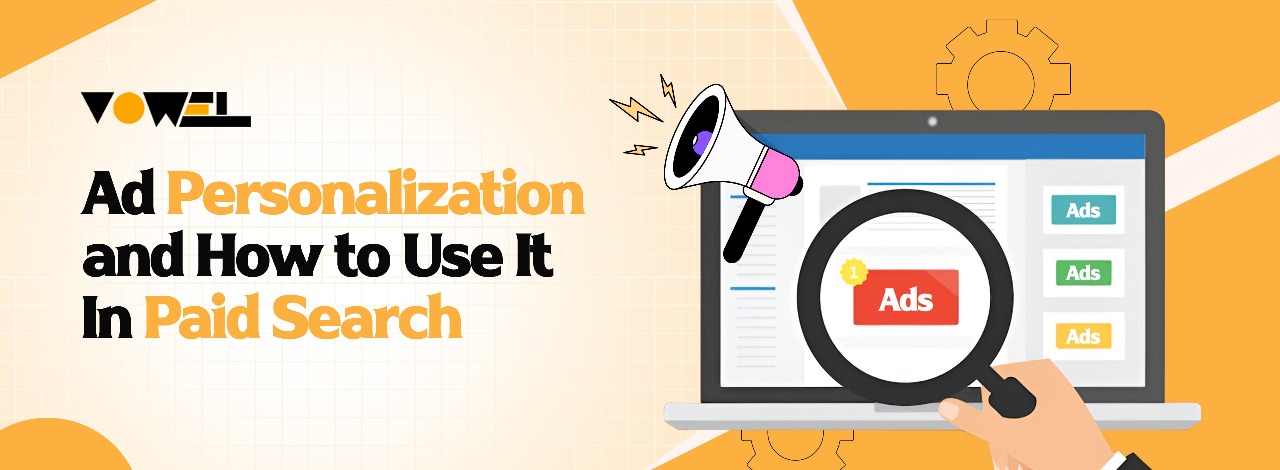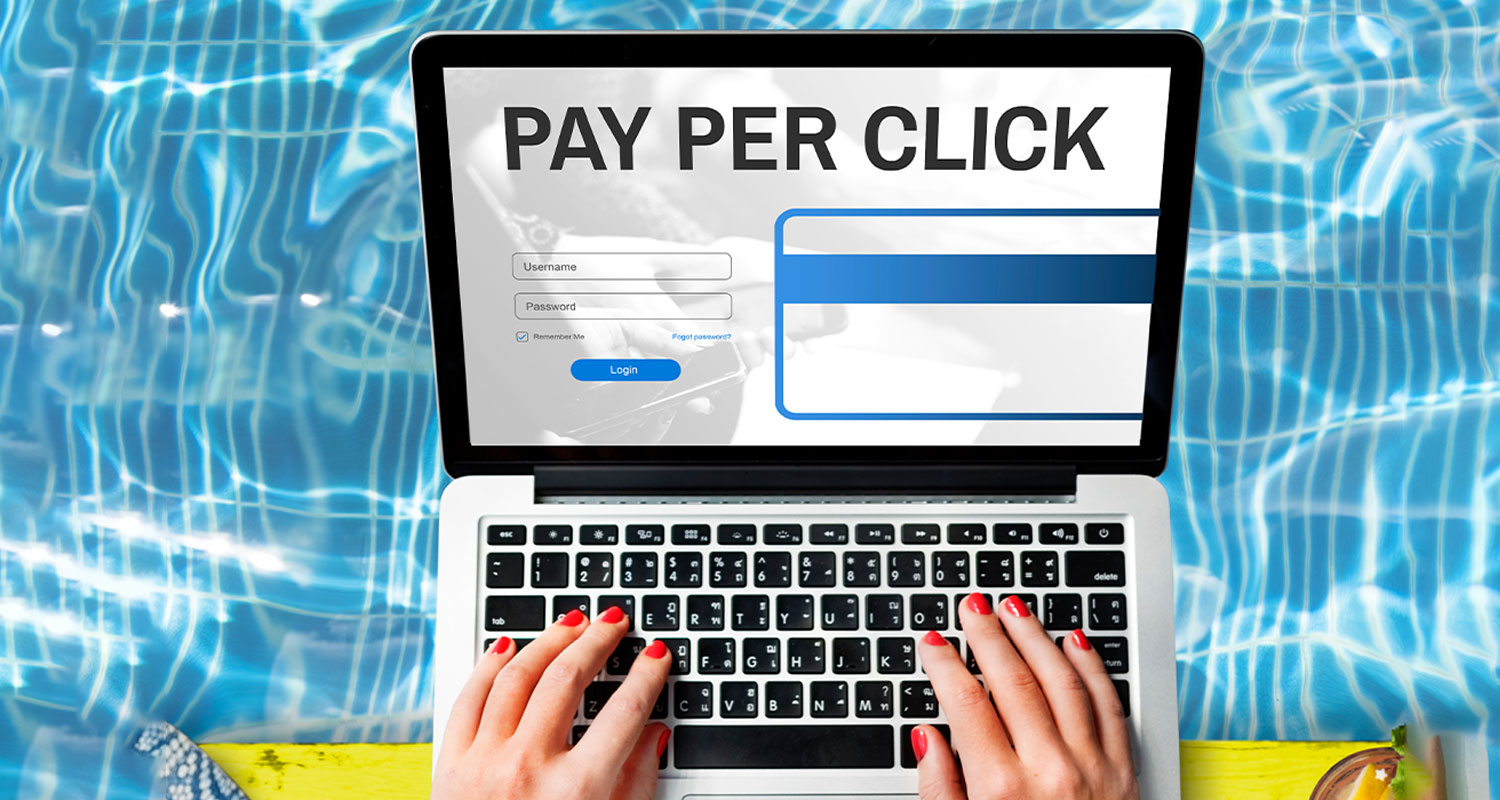

Ad Personalization and How to Use It in Paid Search
In today's digital marketing landscape, personalization is no longer optional---it's essential. Consumers expect brands to understand their needs, preferences, and behaviors. For paid search advertising, this means moving beyond generic messages to deliver personalized ad experiences that drive engagement, clicks, and conversions.
This blog explores what ad personalization is, its importance in paid search, key strategies to implement it effectively, and best practices to get the most out of your campaigns.
What is Ad Personalization?
Ad personalization refers to tailoring advertisements to individual users based on demographics, interests, behaviors, location, device type, and more. The goal is to deliver highly relevant ads that match user intent, increasing engagement and improving conversion rates.
In paid search, this includes techniques like dynamic keyword insertion, audience segmentation, personalized ad copy, and customized landing pages.

Why Ad Personalization Matters in Paid Search
Ad personalization is not just a buzzword---it's a performance booster. Here's why it's crucial in your paid search strategy:
1. Higher Click-Through Rates (CTR)
Personalized ads resonate better with users, leading to more clicks compared to generic ads.
2. Improved Quality Score
Google rewards ad relevance with higher Quality Scores, which means lower CPC and better ad placements.
3. Better Conversion Rates
Targeted messaging guides users through the buyer's journey more effectively, increasing your return on ad spend.
4. Enhanced User Experience
When ads speak directly to a user's intent, it builds trust and improves overall satisfaction.

Key Elements of Personalized Paid Search Campaigns
1. Audience Segmentation
Segment your audience based on:
- Demographics (age, gender, income)
- Location
- Device type
- Browsing and search history
- Purchase behavior
Use tools like Google Ads Audience Manager to build and manage these segments effectively.
2. Dynamic Keyword Insertion (DKI)
This feature lets your ad headline or text automatically include the exact keyword the user searched for, increasing relevance.
Example:
A user searches "affordable smartwatches." Your ad headline dynamically becomes:
"Shop Affordable Smartwatches Online"
3. Custom Ad Copy for Each Segment
Tailor your messaging depending on the user persona. For instance:
- For Students: "Top Smartwatches Under ₹1,000"
- For Professionals: "Premium Smartwatches for Work & Fitness"
4. Responsive Search Ads (RSAs)
RSAs allow you to input multiple headlines and descriptions. Google automatically tests and serves the best-performing combination to each user.
5. Location and Device-Based Targeting
Adjust your ad content and bidding strategy based on the user's:
- Geographic location (e.g., city or region)
- Device (mobile vs desktop)
This ensures your ads are contextually relevant and device-optimized.
How to Implement Ad Personalization in Paid Search
Here's a step-by-step process:
Step 1: Build Customer Personas
Use data from Google Analytics, customer surveys, or your CRM to understand your audience's behavior, needs, and preferences.
Step 2: Create Audience Segments
Use Google Ads Audience Manager or third-party tools to group users based on behavior, demographics, or purchase history.
Step 3: Develop Personalized Ad Copy
Create multiple ad variations that cater to specific segments. Match your CTA, language, and offers with the user's position in the funnel.

Step 4: Use Dynamic Features
Implement DKI, countdown timers, and ad customizers to dynamically change parts of your ads for greater relevance.
Step 5: Personalize Landing Pages
Your ad is only half the equation. Use dynamic landing pages to continue the personalized experience post-click.
Step 6: Monitor and Optimize
Track metrics like CTR, conversion rate, and bounce rate for each segment. Continuously A/B test and refine your messaging.
Common Challenges in Ad Personalization
While personalization boosts performance, there are a few pitfalls to watch out for:
1. Privacy Concerns
With regulations like GDPR and CCPA, ensure you collect and use data responsibly. Always be transparent about data usage.
2. Over-Personalization
Avoid making your ads feel invasive. Personalization should be helpful---not creepy.
3. Time and Resource Intensive
Personalized campaigns require more content and ongoing optimization. Consider using automation tools to scale efficiently.

Recommended Tools for Ad Personalization
To implement and manage personalized campaigns effectively, consider these tools:
- Google Ads Customer Match -- Use customer email lists for custom targeting.
- Google Analytics 4 -- Build granular audience insights.
- Optimizely / VWO -- For A/B testing dynamic landing pages.
- Unbounce / Instapage -- Build personalized landing pages.
- Google Ads Ad Customizers -- Insert countdowns, prices, and more in real time.
Real-World Example
Scenario: Personalized Ads for a Fitness Brand
Audience Segments:
- Students: Price-sensitive
- Young Professionals: Quality and brand-focused
- Parents: Shopping for family
Strategy:
- Used Google Ads to create 3 separate ad groups
-
Customized headlines like:
- "Fitness Gear for Students Under ₹799"
- "Top-Rated Gear for Busy Professionals"
- "Activewear for the Whole Family"
- Created 3 matching landing pages
- Result: 32% increase in CTR and 18% increase in conversions

Best Practices for Ad Personalization
- Personalize both ads and landing pages
- Start with simple segmentation and scale
- Use automation where possible
- A/B test regularly
- Respect user privacy and compliance laws
Conclusion
Ad personalization in paid search is a game-changer. It enhances relevance, improves campaign performance, and builds stronger user connections. From dynamic keyword insertion and custom ad copy to audience segmentation and responsive ads---there are multiple ways to personalize effectively.
If you want to stand out in a crowded search landscape, personalization is your competitive edge. Start today by segmenting your audience, tailoring your message, and optimizing based on real-time data. Because in the world of search ads, relevance is everything.
Frequently Asked Questions
What is ad personalization in paid search?
Ad personalization in paid search refers to tailoring your ads based on user data such as location, device, search behavior, and demographics. The goal is to create more relevant, engaging ads that match the user's intent.
How does dynamic keyword insertion (DKI) work in Google Ads?
Dynamic Keyword Insertion (DKI) automatically updates your ad copy to include the exact keyword a user searched for. This increases ad relevance and can lead to higher click-through rates (CTR).
Are personalized ads more effective than general ads?
Yes, personalized ads tend to perform better as they align more closely with the user's needs and preferences, leading to improved engagement, higher conversion rates, and better ROI.
Is ad personalization compliant with data privacy laws?
Yes, as long as you follow data privacy regulations like GDPR and CCPA. Always be transparent about how you collect and use data and allow users to opt out if they choose.
What tools can help with ad personalization?
Some helpful tools include Google Ads Audience Manager, Customer Match, Google Analytics 4, Unbounce for dynamic landing pages, and ad customizers within Google Ads to automate personalization at scale.

